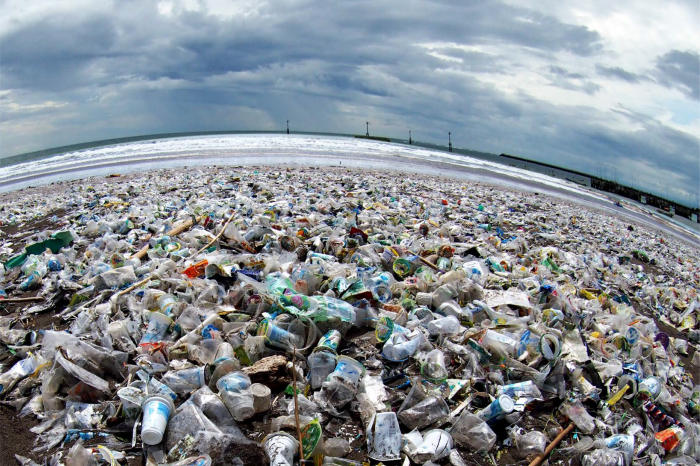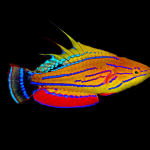Critter Confidential
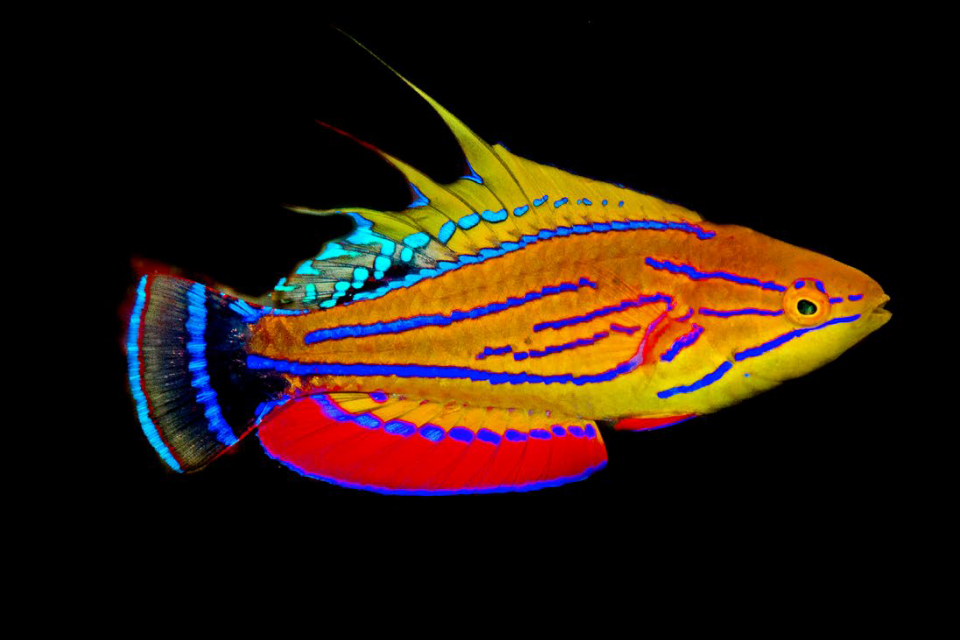
Back to the basics of shooting animal behaviour
Text and images by Mark Bartick
Flashback: I sit anxiously and imagine being showered by praise and glory as my mentor quickly rifles through my file of monthly images. After a few minutes, he begins shaking his head and finally looks up at me over his glasses and asks if I was proud of these images and did it take me a long time to shoot them. Before I could answer his questions he loudly exclaimed that I had “blown a chance of a lifetime and that I would never get that chance again!” Talk about deflating.
THE GUIDING TRINITY
Perhaps his methods were a bit rough around the edges but my admiration for him and his work forced me to listen up and to keep my head in the game, as he would challenge each of my photos, demanding:
- What am I looking at?
- What could I have done to make it a better shot?
- Where is the action?
These three questions still resonate with me as loudly today as they did back then, guiding and inspiring me on each and every outing. Taking your underwater photography to a new level often requires outside intervention, to create a new approach and to smash old habits.
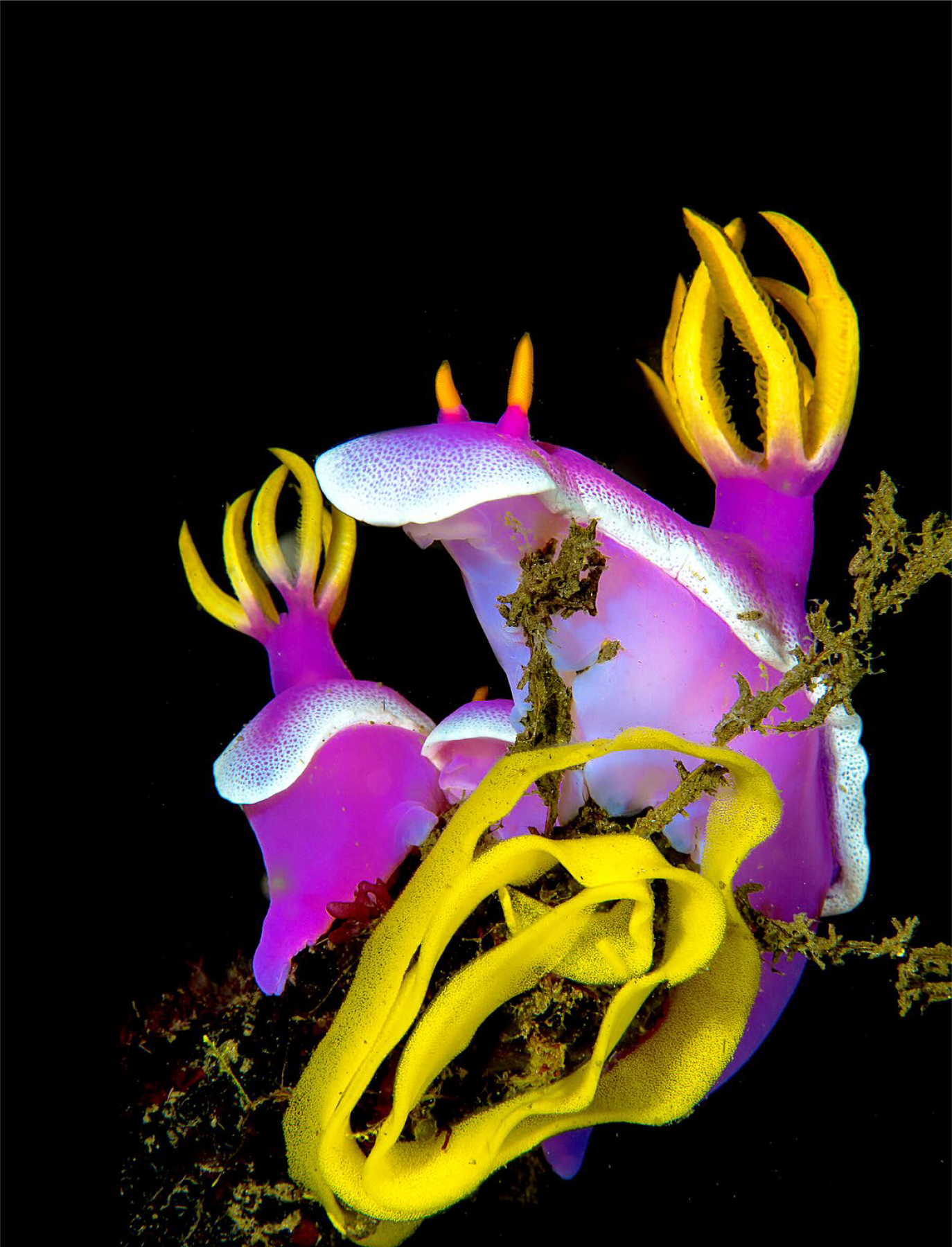
Nudibranchs also make super subjects to learn and hone your craft for shooting behaviour. Mating, eating, laying eggs are all great images to capture
Settings: f/18, 1/250s, ISO 100
THE TIME IS NOW AND YOU HAVE THE TOOLS
Capturing the action in an image, or behaviour as it unfolds, is often as challenging as capturing lightning in a bottle, but it doesn’t need a million dollar set-up to do so. In fact, the best camera and lens is probably the one you own right now and the best time to shoot behavioural images is on your very next dive.
Using a simple and regular routine before you set out is highly recommended, and sticking to a system on your dives is a proven way to increase your odds of success. Study, stealth and strategise like a hunter for the toughest of subjects and use a baseline of camera settings for quick action on the sand flats.
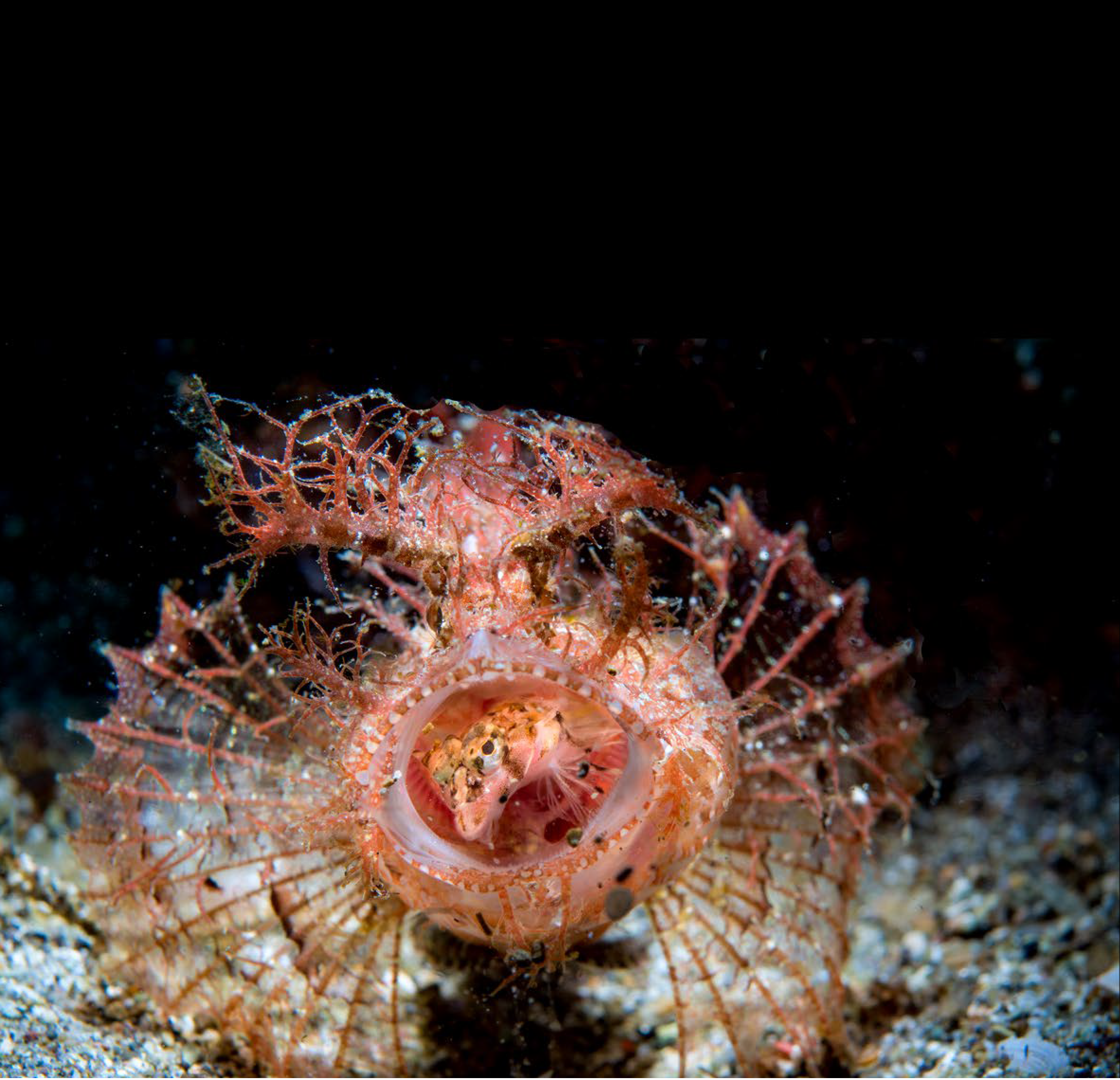
Ambon scorpionfish, Pteroidichthyus amboinensis, are shaggy, filamentous lie-and-wait predators that are always on the hunt. Look closely and you will see the remains of a lizardfish that was evidently in the wrong place at just the right time
Settings: f/16, 1/250s, ISO 125
STUDY
Research your subject
Sometimes it takes a while to find your subject. For many travellers, this could equate to years or even a lifetime of searching blindly so try to formulate a plan by knowing your subject. Knowing what it looks like at rest and in action, its main food source and its natural habitat and behaviours will help you to limit your search to specific target zones that will increase the odds of finding your subject.
STEALTH
Approach with care
This phase demands that a diver thinks of his diving skills and dive kit as much as the technique required to shoot the images. Many marine creatures are timid so you need to be stealthy in your approach. Frog kicking is best as you should be careful not to disturb the bottom as many delicate creatures live in the sand and are vulnerable to your presence.
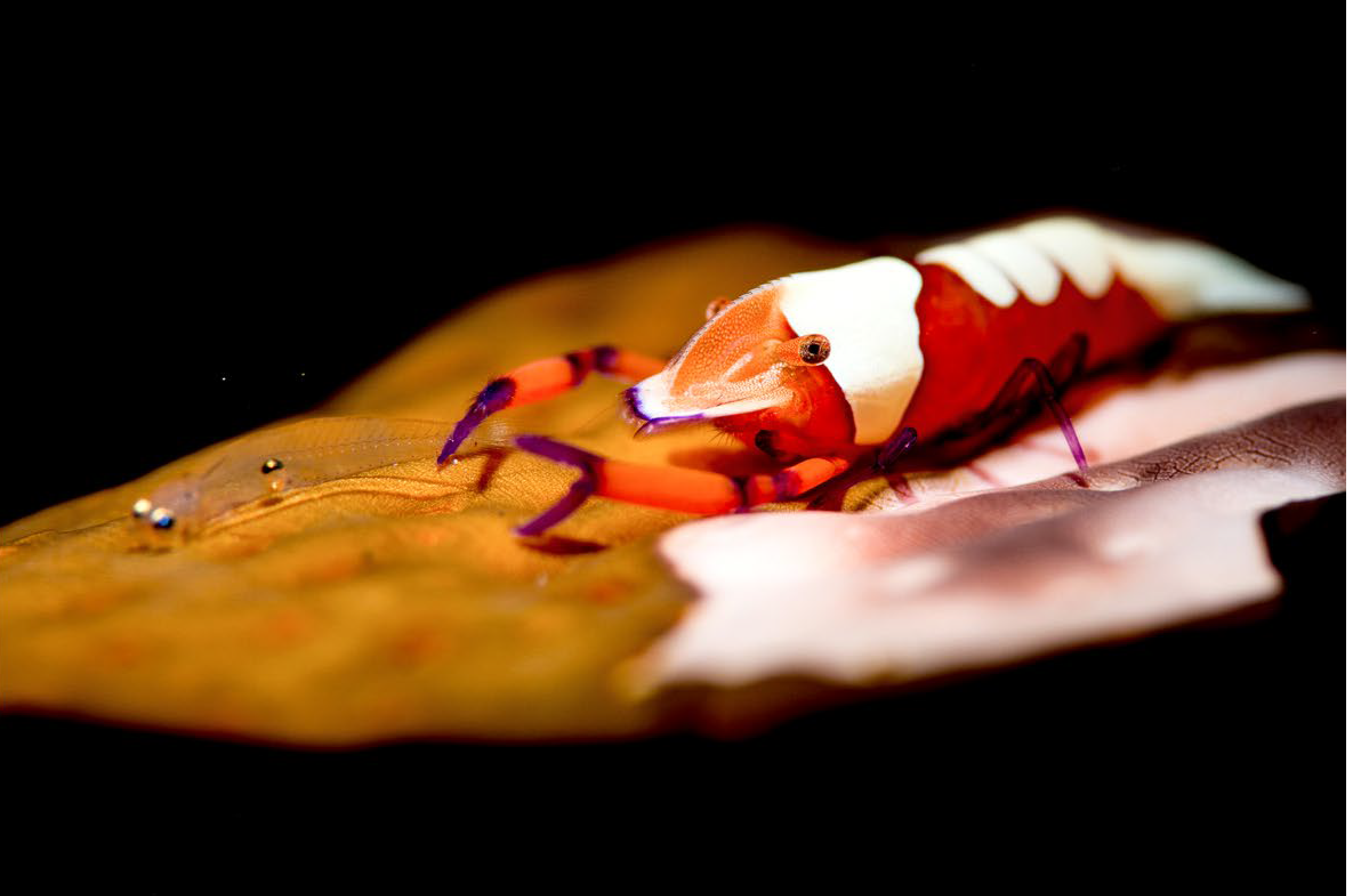
Behaviour shots with macro and super-macro also add a needed punch to common images. The use of snoots and or dioptres will help to create drama and to magnify smaller subjects. Get low, get close and shoot up when possible to help isolate your target from a busy background Settings: f/9, 1/125s, ISO 100
STRATEGY
Lights, Camera, Action! The technical aspects of your photos cannot be ignored as that chance of a lifetime is bound to present itself. Use the simple steps below and try to streamline yourself. A simple set-up is always better and allows you to concentrate on observing your subject.
Lights
Lighting is everything with underwater photography. Pay close attention to your strobe placement and its distance to your subject. This will help to create better exposure and highlight the details of the action. Take a test shot of something else at the anticipated distance before approaching your subject, make your adjustments early and be ready for that one shot photo op!
Camera
Deciding which lens to use ahead of time is a great
way to help you formulate your image. How big is the target subject, how close will you be able to get and is a teleconverter or diopter a good choice? F-stops, shutter speed and ISO settings should all be considered ahead of time.
Action
This is where it all comes together and pays off. Finding the target subject, anticipating its behaviour, setting your strobe positions, and with your camera settings dialled in, making your stealthy approach to capture the image.
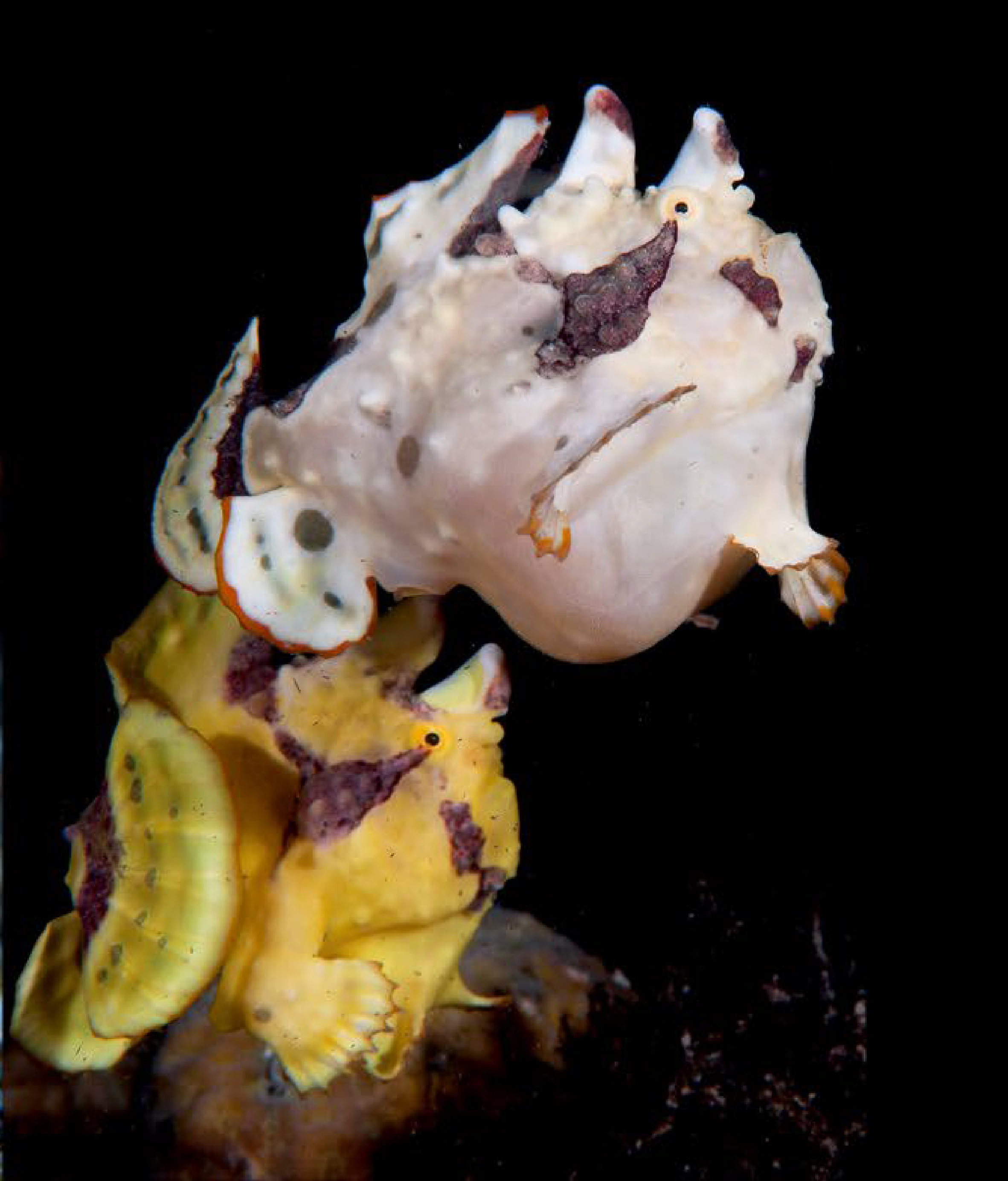
Just after sunset I stumbled
upon these two frogfish, Antenarius maculatus, about an hour before they decided to spawn. The female signalled the male with a subtle twitch, he moved in and pushed her away from the rocks, and with all of their effort they swam to the surface where they spawned. I followed them up trying everything I could to keep them framed and in focus. Try not to become overly anxious or overshoot your strobes’ recycling ability Settings: f/16, 1/100s, ISO 200
Patience pays off and revisiting your subject might be necessary to capture better images. Challenge yourself to create the best possible image of each creature in each situation and settle for nothing less. Remember that there is action and then there is the peak of the action with shooting behaviour, so hold tight and wait for it…
Get photography tips from acclaimed underwater photographers William Tan, Henry Jager, Pam Murph, Erin Quigley and more by downloading a digital copy of Scuba Diver Ocean Planet No.4 Issue 4/2015 here! And for a limited time only, get the best e-magazine deals at USD7.99 for 6 issues* (Usual rate: USD29.94)

